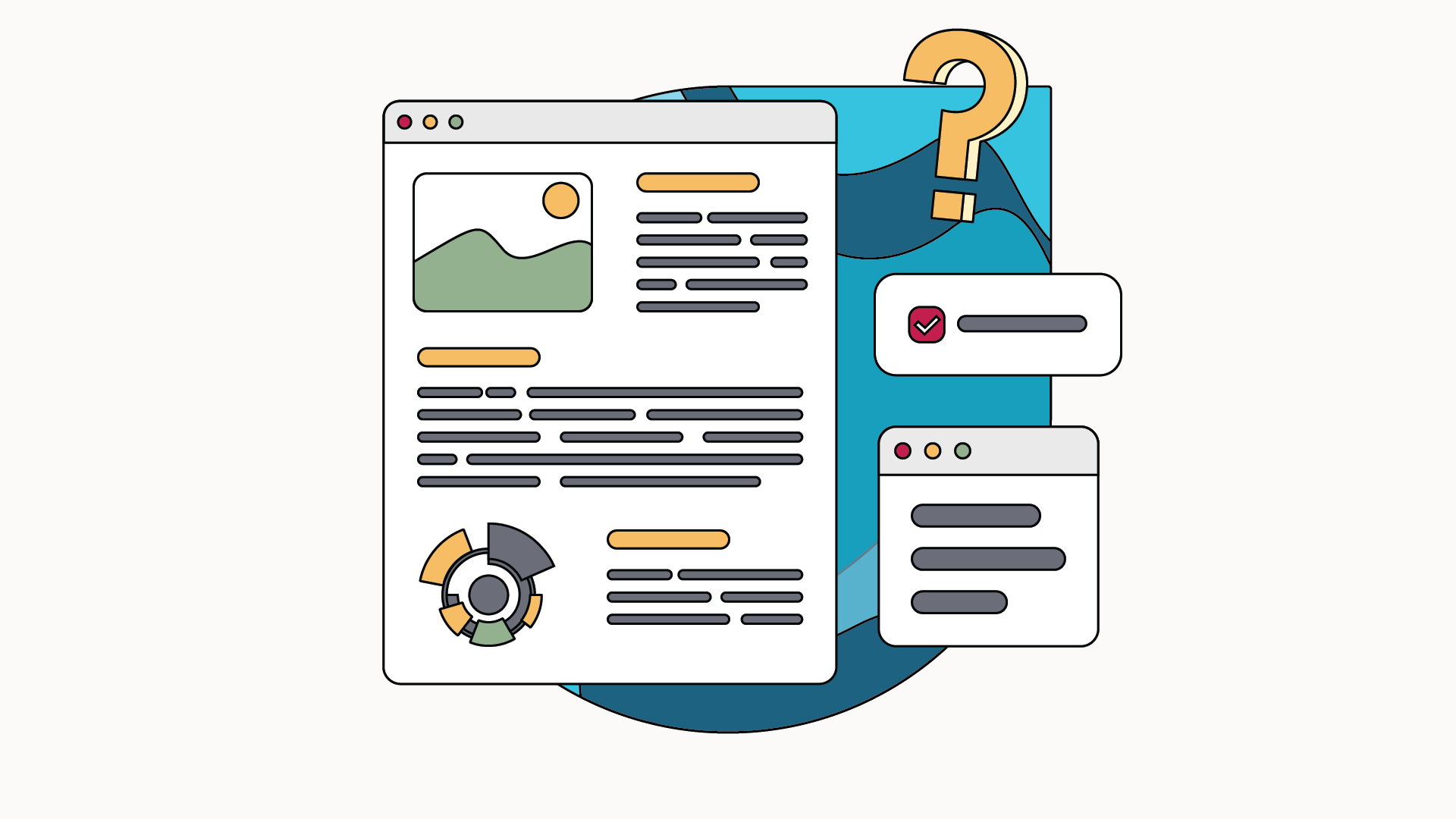Why transform e-learning into microlearning ? E-learning courses that are long and rich in detail also often have the defect of losing the attention of a good portion of learners along the way. Moreover, not very suitable for mobile training, traditional e-learning is losing popularity in certain learning contexts. Microlearning provides an answer both in terms of engagement and information retention. So here's how to transform your e-learning modules into microlearning!
Step 1: Verify the validity of the content
Before embarking on this major project of transformation of elearning In microlearning, sorting is necessary. Chances are that since it was developed, your e-learning content contains elements or passages that are outdated or simply more relevant. This is particularly the case in the context of training on subjects concerning security, legislation or, more generally, compliance training. It would be a shame to waste time and money converting unusable content. Likewise, some content may have become useless due to a change in company strategy, with new goals in terms of skills.
What actions should be put in place?
1- Identify, replace or eliminate “outdated” content in the e-learning content to be processed
2 - Identify and eliminate training content that no longer meets the company's goals
Step 2: Identify content that meets a specific objective
The golden rule of microlearning What to keep in mind when transforming e-learning into microlearning is: One module = one objective. As a general rule, “long” training in the form of e-learning often meets several learning objectives at the same time. When you think of microlearning, you need to isolate the content relating to each objective in order to develop a dedicated module for them.. For example, an e-learning course that deals with the subject of SEO with the objective of both promoting the importance of SEO, explaining its field of use and acquiring technical skills in SEO writing will take a very different form in microlearning. Each objective, for example “to acquire technical skills in SEO writing” will have its own module.
What actions should be put in place?
1 - Divide e-learning content into as many objectives as it meets
2 - Develop a module by objective
Step 3: Think “short and sweet”, your new mantra
The characteristic of microlearning, it is the brevity of its modules that can be carried out during a period of transport or break. As a reminder, one of the major reasons for the disengagement of employees from e-learning is simply that they do not have time to train.. The idea is to convey the concepts in a concise and highly intelligible way, without a plethora of details, but without mincing their work or offering them a new version of Adibou. Decomposing e-learning into microlearning modules will therefore require reviewing the parts of the text to treat them in a more summarized way. Be careful, however, as microlearning is the best friend of Mobile learning, it must be easily readable on screen. In some cases, the text can be transformed into an infographic for example. On the video side, we will now have to forget the long sequences to be viewed passively, even if it means cutting them out and interspersing them with quizzes for example. So think minimal and effective, even if it means adding links to additional content for those who want to dig into the subject..
What actions should be put in place?
1 - Review long parts of text and long videos to reduce them and break them into several parts
2 - Interspersing the parts divided by quizzes or exercises to pace the modules
3 - Replace long sequences when possible with infographics or content that is easy to consume on a small screen
Step 4: Add a pinch of game
Of Gamification, more exactly. It is impossible to ignore this step when talking about the transformation of e-learning into microlearning. Indeed, gamification and microlearning are generally two sides of the same coin. In addition to creating quizzes and challenges throughout the modules, instead of a single evaluation at the end of the e-learning course, gamification also involves setting up point or ranking systems throughout the training course to increase learners' engagement.. Without going so far as to cause fierce and bloody competition between learners, challenges and challenges make learning fun and even help to support cohesion between collaborators in certain contexts, thanks to healthy competition.
What actions should be put in place?
1 - Integrate quizzes and challenges into the microlearning process
2 - Set up a points or ranking system to establish healthy competition and engage learners
Step 5: Choosing the right creative tool
Here we are at the concrete stage, of the transition to action. Transforming e-learning into microlearning involves equipping yourself with the right tools to create qualitative and rich training modules and courses.. Mobile learning platforms like Beedeez generally include a variety of content editing tools to facilitate the creation of modules and the integration of multimedia (visuals, video, podcast, podcast, quiz, etc.). When choosing a solution, a number of criteria should be considered beyond existing functionalities to create content. For example, the solution must offer high-quality resources, advice and support, and even strategic support.
What actions should be put in place?
1 - Choose your creation tool according to the available functionalities and the wealth in terms of multimedia integration, social learning, etc.
2 - Choose a solution that offers strategic and qualitative support before, during and after.




